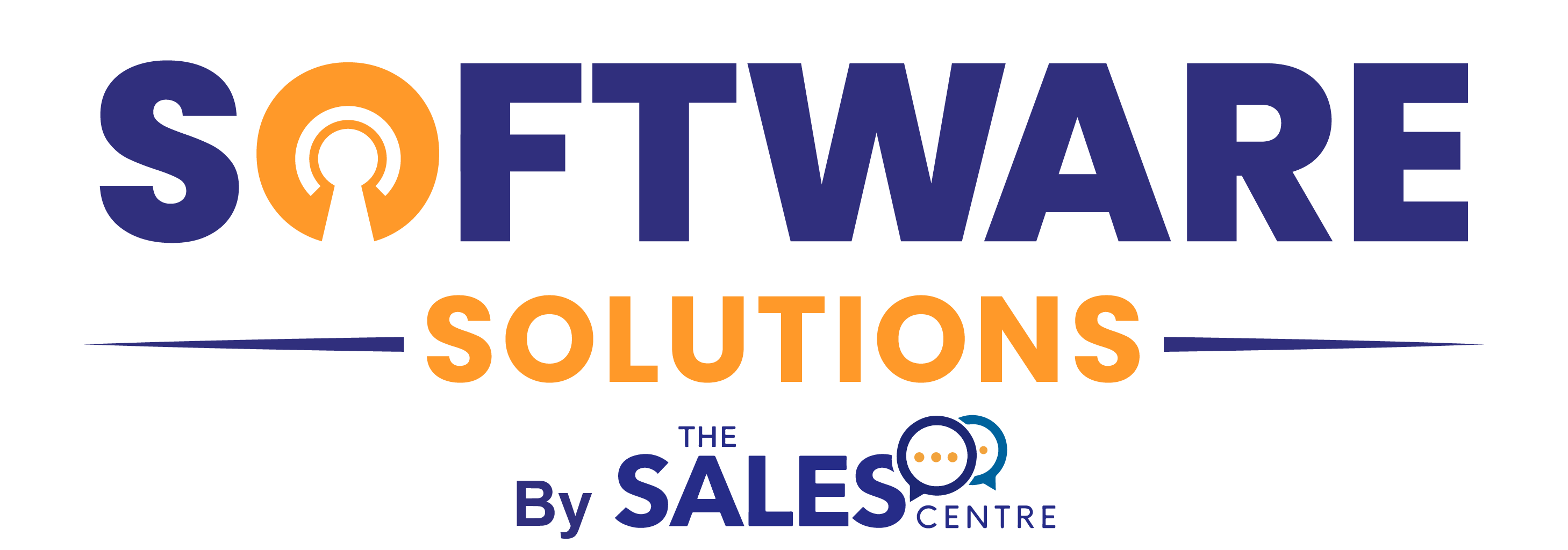The answer is a resounding yes—but with a twist.
The most successful businesses won’t be the ones that replace humans with machines. They’ll be the ones that empower their people with technology. The future of work isn’t just about being AI-driven. It’s about being human-driven and AI-enabled.
This shift is already underway. Companies that embrace it are finding themselves ahead of the curve in productivity, innovation, and growth. In this blog, we explore what it really means to build a human-AI partnership, why businesses should care, and how you can position your company for success in this new era of work.
Understanding the Human-AI Partnership
AI is transforming how we work, but it’s not replacing the human element—it’s enhancing it. Where humans excel in creativity, empathy, leadership, and strategic thinking, AI brings precision, speed, data analysis, and scalability. The future of work lies not in choosing one over the other, but in integrating both for optimal performance.
Think of AI as a highly skilled assistant. It can automate repetitive tasks, offer intelligent insights, and streamline decision-making. But it still requires human guidance to set direction, make ethical decisions, innovate, and lead with empathy. This blend of machine efficiency and human intelligence is what’s driving the future-ready workforce.
Why the Human Element Still Matters
Despite the rise of automation, human skills remain irreplaceable in many areas of business. Emotional intelligence, critical thinking, leadership, and creativity are central to navigating complex challenges, managing people, and driving culture. These soft skills—which machines can’t replicate—are becoming even more valuable in a world where technology does the heavy lifting.
In customer service, for example, AI chatbots can handle simple queries 24/7, but humans are still needed to manage nuanced conversations, resolve emotional complaints, and build lasting relationships. In marketing, AI can optimise ad targeting, but humans are the ones crafting compelling messages that connect on a deeper level. In HR, AI might screen CVs for keywords, but it takes human intuition to evaluate a candidate’s potential and cultural fit.
Businesses that fail to invest in human capital, even as they scale technologically, risk losing their competitive edge. In the AI era, it’s not just about the tools you use—it’s about the people who use them.
How AI Is Enhancing Human Potential
Far from being a threat, AI offers immense opportunities to make work more meaningful. By automating repetitive, low-value tasks, AI frees up employees to focus on higher-level work. That’s a win for both productivity and job satisfaction.
For instance, in finance, AI can reconcile transactions, detect anomalies, and generate real-time reports—freeing accountants to focus on advisory roles and strategic planning. In sales, AI can track leads, predict customer behaviour, and personalise outreach, allowing sales teams to spend more time building trust and closing deals.
When implemented correctly, AI doesn’t remove jobs—it reshapes them. It eliminates the mundane so people can do what humans do best: solve problems, build relationships, and innovate.
Investing in Human-AI Collaboration: A Business Imperative
Businesses that invest in AI without investing in people will quickly find the limits of automation. Technology is a tool, not a strategy. The real ROI comes when employees are trained, supported, and empowered to use that tool effectively.
To build a human-AI culture, companies must:
- Upskill their workforce: Teach teams how to work with AI tools and interpret insights.
- Redesign roles: Shift job descriptions to focus on human-centric tasks while automating the routine.
- Foster innovation: Encourage teams to find new ways of applying AI to solve business problems.
- Build trust in AI: Create transparency around how AI makes decisions and how it complements, not replaces, the human role.
At Software Solutions, we help businesses implement automation and AI solutions alongside change management strategies that prioritise people. Our belief is simple: technology should work for humans—not the other way around.
Preparing for the Future: Practical Steps for Business Owners
Whether you run a small company or a large enterprise, future-proofing your workforce means taking action today. Here’s how to start:
1. Identify Automation Opportunities
Look at the areas of your business that are repetitive, time-consuming, and prone to error. These are prime candidates for automation. Think invoicing, data entry, customer support, scheduling, and reporting.
2. Engage Your Team
Involve your employees early in the process. Get their input on which tasks could be improved with AI, and provide training on how to adapt to new tools. A top-down rollout won’t work without employee buy-in.
3. Choose Human-Centred Technology
When evaluating software, look for solutions designed with the end-user in mind. User-friendly platforms that integrate easily into your workflow are key to successful adoption.
4. Partner with Experts
Working with a technology partner like Software Solutions means gaining access to proven tools, personalised implementation support, and ongoing optimisation. We don’t just install systems—we guide transformation.
People First, Powered by Technology
The future of work isn’t about replacing people—it’s about reinventing how people work. As AI becomes more advanced, the most successful businesses will be those that invest equally in digital tools and human capability. Automation may be the engine, but humans are still in the driver’s seat.
By creating a workplace that is human-driven and AI-enabled, you build a business that’s not only more efficient—but also more resilient, agile, and innovative.
At Software Solutions, we believe that technology should be empowering, not overwhelming. We specialise in helping forward-thinking businesses like yours adopt smart, scalable digital solutions while keeping the human experience at the heart of it all.
Ready to embrace the future of work? Let’s build it—together.


